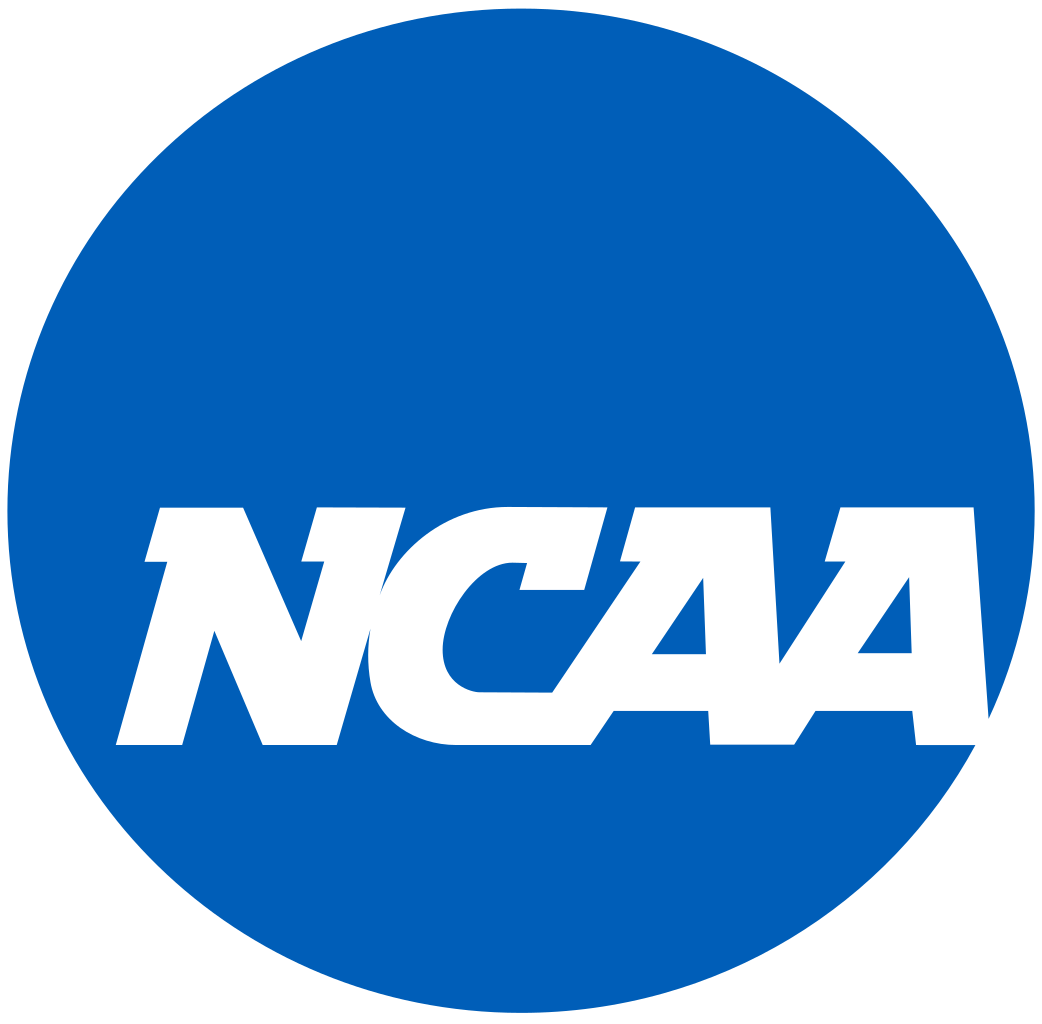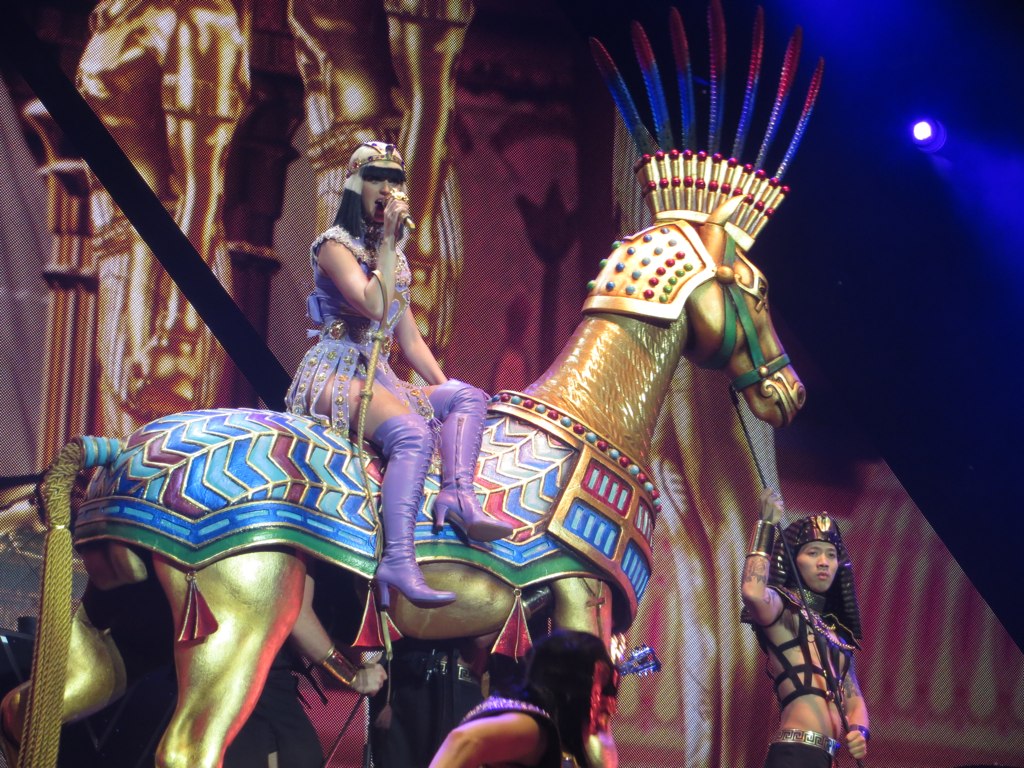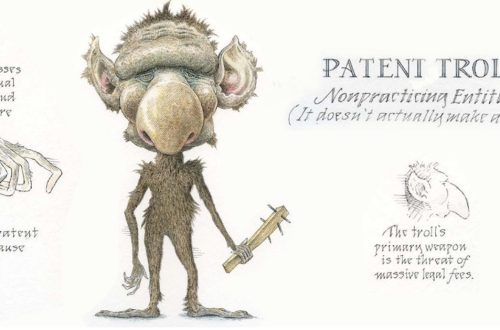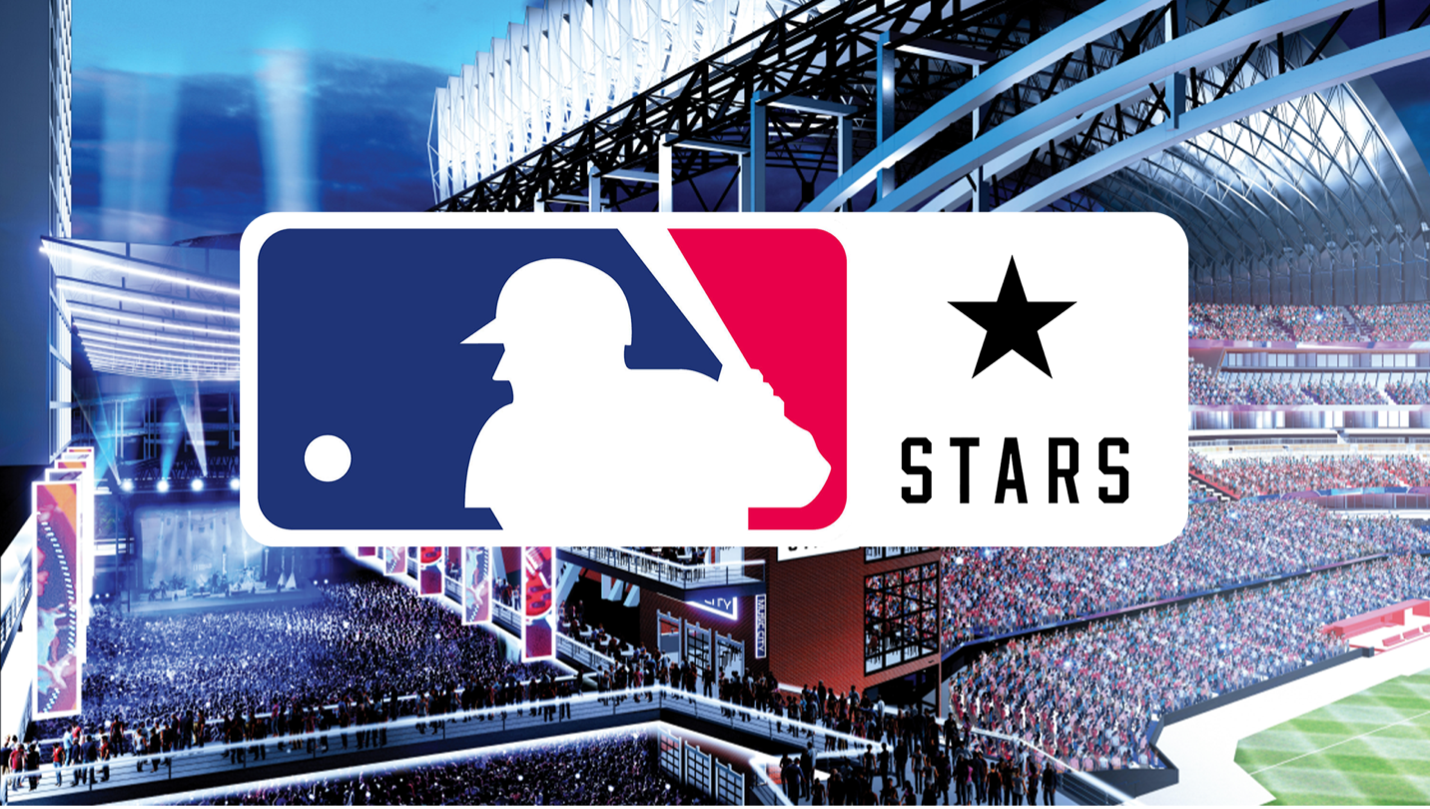By: Andrew Jamison
One of the most prevalent tensions plaguing amateur athletics throughout the nation is the issue of how, why, when, and especially if the NCAA should allow the compensation of their student athletes beyond traditional scholarship rights. Monday September 9, 2019 California’s Senate, by a vote of 73-0, passed “The Fair Pay to Play Act.”[1] As one of the most controversial pieces of legislation regarding collegiate athletics in recent history, this bill, which was just signed by Governor Newsome to go into effect as of 2023, explains that collegiate athletes within the State of California will have the freedom to contract with third parties regarding compensations for the use of their name, image, and likeness.[2] As the NCAA would agree, per their response to the bill, it sets forth rules that will end up being harmful to amateurism while likely being unconstitutional altogether, but it also overshadows one very practical district court decision that addressed the issue of student athlete compensation just a couple of months earlier.[3]
Since 2014, former NCAA Collegiate Athletes Shawne Alston and Justine Hartman have been co-lead plaintiffs in the case known as In Re: NCAA Grant-in-Aid Cap Antitrust Litigation v. NCAA.[4] In this class action suit plaintiffs allege that the NCAA’s Grant-in-Aid rules, which limit the value of educational related benefits that can be provided to student athletes, violate Section 1 of the Sherman Antitrust Act.[5] The plaintiffs contend that these rules ultimately prevent conferences and institutions from being able to fairly compete for potential recruits, as universities are only allowed to offer potential recruits a limited amount of educational related benefits, when in reality they would be willing to offer much more if the NCAA Bylaws permitted it .[6] On March 8, 2019 Judge Claudia Wilkins of the United States District Court for The Northern District of California ruled in favor of Alston and Hartman by declaring that The NCAA Grant-in-Aid rules do indeed violate Section 1 of the Sherman Antitrust Act.
In her 104-page decision addressing the issue, Judge Wilkins explains that the current Grant-in-Aid rules “constitute horizontal price fixing agreements…which eliminates price competition as to one key aspect of the recruitment of student athletes.”[7] Her remedy in response to these antitrust violations consists of many different components. First, the NCAA will continue to be able to limit all compensation and benefits unrelated to education.[8]They will also continue to be able to limit academic and graduation incentives.[9] However, from now on, all NCAA limits on educational related benefits on top of grant-in-aid awards are invalidated.[10] Wilkins’ decision clarifies that the NCAA will still be able to define “educational related benefits” as long as the definitions are set forth in good faith, but the power to set limits on these educational related benefits are now to be reserved in both the conferences and individual institutions.[11]
Though it looms in the shadow of The Fair Pay to Play Act, the decision by Judge Wilkins actually does pose a very opportune remedy and practical progression for the near future of student athlete compensation issues. Though the decision does not actually force conferences or institutions to do anything, it gives them the autonomy to do so. Some conferences and schools might begin to set new standards for educational related benefits while some may not, but the important thing is that this will surely promote a higher level of recruiting competition. Another important implication is that because Wilkin’s decision is only affecting “educational-related benefits” this ruling surely does not pose a threat of breaking the hard line between amateurism and professionalism like The Fair Pay to Play Act does. While the Act aims to allow third party contractual agreements to become part of the game, Judge Wilkins’ decision still places a limit on the student athlete compensation rules that conferences, and institutions are allowed to enforce.
Judge Wilkins’ ruling was initially set to be enforced 90 days from March 8th, but a couple weeks after the decision, on April 4th, the NCAA and President Mark Emmert stated that the NCAA will indeed appeal. While Emmert also added many other statements responding to Judge Wilkins decision, it was apparent that the NCAA did not respond well to the notion that they are in violation of antitrust law.
For now, Alston, Hardman, and with the class of athletes that they went to bat for can celebrate this legal victory. But over the next four years, as a result of the recently signed Fair Pay to Play Act, we are sure to see some of the most important and therefore consequential student athlete compensation litigation that has ever taken place.
[1] Michael McCann, What Will Happen If the California ‘Fair Pay to Play Act’ Gets Signed Into Law?, Sports Illustrated: College Football (Sept. 10, 2019), https://www.si.com/college-football/2019/09/10/california-fair-pay-play-act-law-ncaa-pac-12
[2] Id.
[3] NCAA Board of Governors, NCAA Responds to California Senate Bill 206, NCAA.com, (Sept. 11, 2019, 10:08 AM), http://www.ncaa.org/about/resources/media-center/news/ncaa-responds-california-senate-bill-206
[4] Michael McCann, Stakes and Stakeholders in Alston v. NCAA, the Latest College Sports Antitrust Case, Sports Illustrated: College Football (September 4, 2018), https://www.si.com/college-football/2018/09/04/alston-v-ncaa-trial-news-updates-ncaa-cost-attendance
[5] Id.
[6] Id.
[7] In Re: NCAA Grant-in-Aid Cap Antitrust Litigation v. NCAA, 375 F.Supp.3d 1058, 1109 (N.D. Cal. 2019).
[8] Id.
[9] Id.
[10] Id.
[11] Id.




